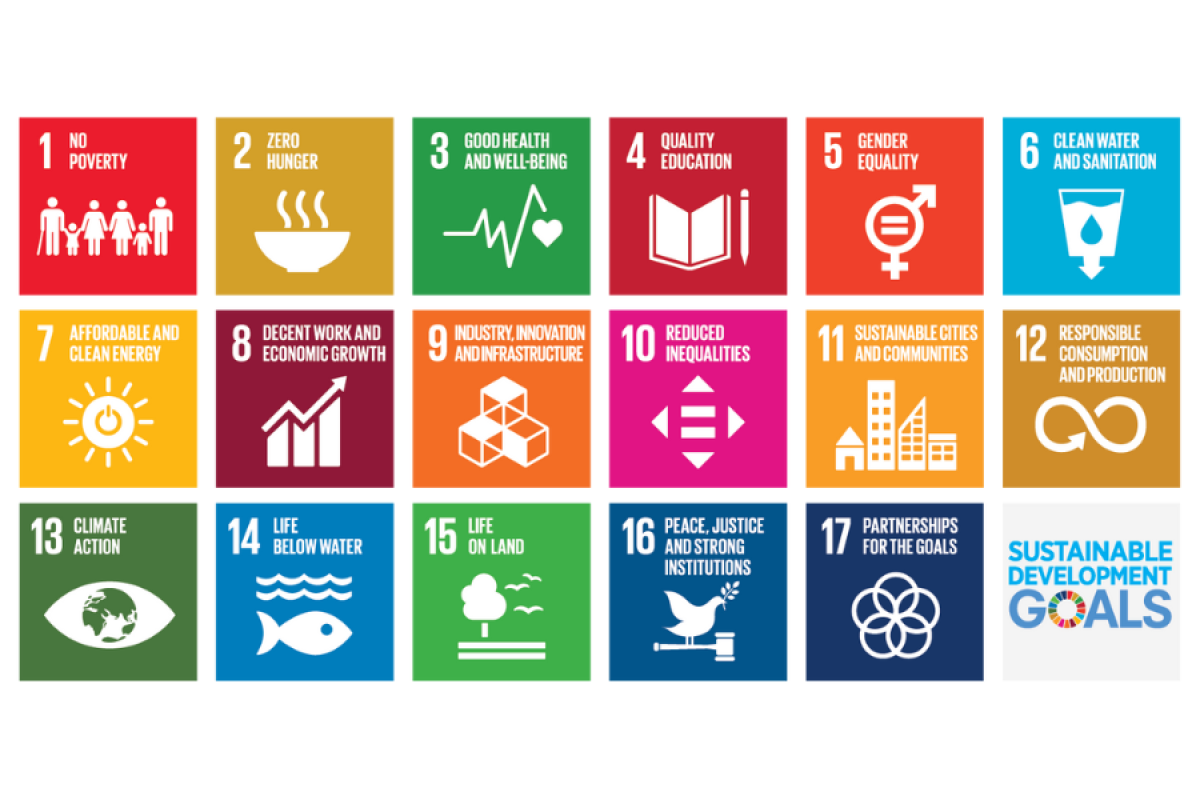Slovenians between Divisions and Unity: Slovenian Transition Strategies during the Post-War Period of the Kingdom of SCS

Author:
- Igor Ivašković, University of Ljubljana, School of Economics and Business
Ključne besede:
Slovenians | Kingdom of SCS | Slovenian people’s party | Yugoslav Democratic Party | communists | rights and permissions
Abstract:
The article aims to present the adaptations of the Slovenian political elite caught in the whirlwind of geopolitical restructuring in Europe after World War I and to contextualize their responses within the theory of strategic positioning of small nations in international relations. Despite being a numerically small nation, Slovenians developed diverse political strategies during the period between the establishment of the Kingdom of SCS in December 1918 and the Constituent Assembly elections in November 1920. Within the conservative stream, a schism emerged between critics of the Greater Serbian policy and opportunists attempting to lay the groundwork for a post-election coalition with the Serbian People’s Radical Party. Driven by their ambition to preserve their status as the most influential Slovenian political entity and the potential for coalition involvement in the government, conservatives managed to maintain their organizational unity. Slovenian liberals, in contrast, fractured into multiple parties due to the anticipation that integration into the South Slavic state would create greater maneuvering opportunities for Yugoslav unitarist political forces. Consequently, some liberals sought to appeal to peripheral segments of the electorate previously aligned with conservatives. The most significant increase in power was realized by the social-democratic camp, which also experienced internal divisions. While the reformists directly aimed their criticisms at Slovenian political rivals, the communist faction adopted a more radical approach toward Serbia. Implicitly, they integrated certain parts of conservative pre-war programs, thus gaining entry into its electoral support base.
The Sustainable Development Goals (SDGs) addressed in the article are:
- SDG 10 – Reduced inequality
- SDG 16 – Peace, justice and strong institutions
- SDG 17 – Partnerships for the goals
The article is published in:
East European politics and societies (Sage)
The content is freely accessible at:
Slovenians between divisions and unity: Slovenian transition strategies during the post-war period of the Kingdom of SCS

